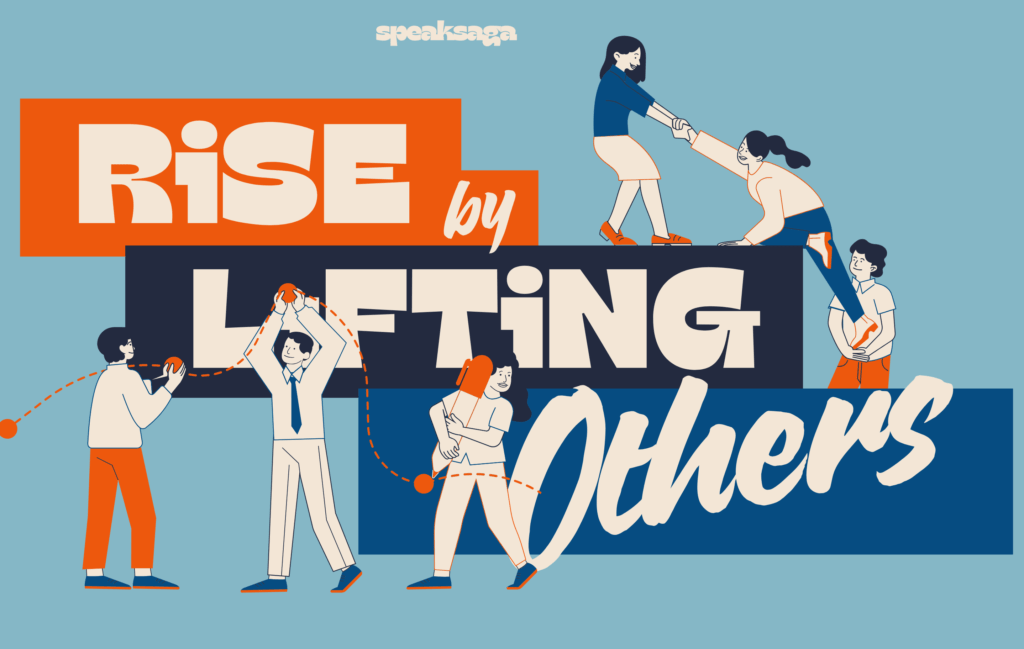Sitting in the corner office of a tech startup, Sonia stared at her computer screen, absorbing the news that her company’s major product launch had fallen flat. Months of preparation, countless team hours, and significant resources were wasted. Within six months, however, she was able to lead her team out of the crisis and use the experience to build a more powerful product, which exceeded market expectations.
It is resilience in leadership-not just recovering from adversity, but coming back stronger, smarter, and more capable.

Understanding Leadership Failure
From the founder of a startup to the CEO of a big company, every kind of leader has experienced failure. Be it a big project failure, a planning misstep, or a market slump, these things always act as a challenge in business success stories. Therefore, they’re incredibly important to growth. Exceptional leaders don’t avoid failure, they deal with it with resilience.
Now, let me throw some statistics at you.
According to the U.S. Bureau of Labor Statistics, about 20 percent of new businesses fail within their first year. And about half of all businesses fail within five years. Rather than discouraging, they’re normalizing the reality that challenges and setbacks are a normal part of the resilience leadership journey. Realizing this can help leaders’ resilience approach difficulties with a more even-handed view.
The Resilience Mindset of Leaders
Growth mindset vs. fixed mindset
Leaders who are amped-up with resilience believe that through dedication and hard work, any kind of skills and abilities can blossom into something meaningful which can give ample of hope to a company. Resilience is a trait which makes leaders view challenges as opportunities to learn and grow through inflicting positivity into the work environment. Leaders see feedback, even negative, as valuable information to improve and to succeed in various particulars.

Viewing failure as feedback
There is a huge possibility that leaders with low self-esteem view a company’s failure as a personal failure. But leaders have to recover not only from its feelings but also from failures with resilience. After facing so many failures, many leaders have changed their approach by viewing failure as a valuable feedback and a lesson to outgrow these circumstances.
The Role of Emotional Intelligence
Self-awareness is a great thing to have! It helps resilience-built leaders recognize their emotional state when things don’t go as planned. They can then manage their reactions in a constructive way. And when their team is going through a rough patch, they can still be empathetic towards them.
Maintaining perspective during difficult times
Difficult times makes it even more difficult to identify where you stand and where your company stands in this success story and in this cut-throat marketplace. You won’t like to recall this chapter every time when you slip into your soft bed sheets every night. But with every sunrise, you will have to stand up with resilience and sustain your 180 degree business view because this is how these difficult times work.
Building resilience isn’t about being rough and tough, working 24/7, not eating and not sleeping for a company’s vision, and I believe that romanticizing and glorifying these things are extremely wrong things to do. Resilience is about making sure you have the right tools to keep at your arsenal which helps you to bounce back and keep growing. So, here are some practical ways to build a certain sense of resilience into you.

3 Practical Strategies for Building Resilience
- Developing a strong support network
It means much to build strong relationships with role models and mentors as they can be a huge source of extraordinary resilience, support and guidance. It’s a fab idea to stay in touch with peer chairpersons as they can put a different perspective in your business picture and can help you sail challenges together. And, of course, it’s necessary to be better upon open communication with your teammates as it’s the best way to forge trust, deals and teamwork.
- Creating structured reflection practices
Make time for some thoughtful reflection. It’s never a bad idea to keep a journal of your resilience leadership journey. And don’t be afraid to fully immerse yourself in those trials and triumphs by tuning into realistic beats.
- Maintaining work-life balance by physical and mental wellness praxis
It’s healthy to set clear boundaries between work and play. So, ensure you indulge into ‘self-care’ track by exercising a lot and getting to rest enough. So, never ever forget to nurture your interests outside of work.
Strategies done, so now hold my hand to view some nuggets of learning through failure.
4 Learnings from Failure
- The importance of post-failure analysis
What specific factors contributed to the failure? Which elements were within our control? What assumptions proved incorrect? These are normal questions we ask ourselves and seek feedback for. Therefore, after resilience, the 7 Rs of Organizational Resilience framework exist. And, as a leader you should get into:
- Readiness: Preparation for probable matters
- Response: Quick action amid crisis
- Robustness: Retaining core reason
- Redundancy: Having backup systems/processes
- Resourcefulness: Creative problem-solving
- Recovery: Returning to lucidity
- Reflection: Learning and adjustments
Another thing to be noted, The After-Action Review (AAR) Method was created by the U.S. Army. Four questions like ‘What was expected to happen?’,’What actually happened?’,’Why were there differences?’ and lastly, ‘What can we learn?’ were always meant to ask. This method can be applied to companies as well.
- Extracting valuable lessons
Leaders can continue to keep an all-together format of digital or physical repository of lessons grasped and resilience metrics tracking is a helpful tool which can track time to recover from failures, team morale changes, adaptation speed to changes, innovative responses to challenges and customer feedback during difficulties. And, resilience case studies which involve various factors of insights, responses and what other companies had done in the face of failure are proven to be helpful when your company is facing a failure in some fronts.
- Implementing changes based on lessons learned
You can create prolific 30-60-90 day actionable plans based on insights gained from resilience case studies and also you can share knowledge across the organization based on those insights and lessons grasped. And regularly review the work in progress. This will make a helluva difference.
- Using failure to build stronger teams
By using open acknowledgment of leadership mistakes, no-blame environment policies,vulnerability and humility as strength and safe spaces can make people come out of their shells to share their personal and professional concerns.
Leading Through Crisis
Communication strategies during tough times
Effective leadership in times of failure is all about resilience,clear, transparent communication while acknowledging challenges and maintaining hope.
Maintaining team morale
Leaders must put team morale first. It’s their job to celebrate small wins, make sure the team has the resources it needs, and get team members input on key decisions. They shouldn’t be afraid to show resilience, empathy and stay calm.
Making difficult decisions under pressure
Hold regular team check-ins and give honest updates about the situation. That’s how you lead and roll on in crisis with your ramrod straight posture.

Building collective resilience
Making quick but smart decisions under pressure is how you build collective resilience. You need to create a culture of trust and psychological safety where teams can pick themselves up after failures and come out stronger together.
Conclusion
Success is not final, failure is not fatal: it is the courage to continue that counts.” – Winston Churchill. This quote is quite relevant to the leaders who want to lean into resilience and bounce back from failure. Next time, Sonia will become the epitome of leadership excellence and resilience again under crisis. You can become too.
Read more:
All about Business Skills